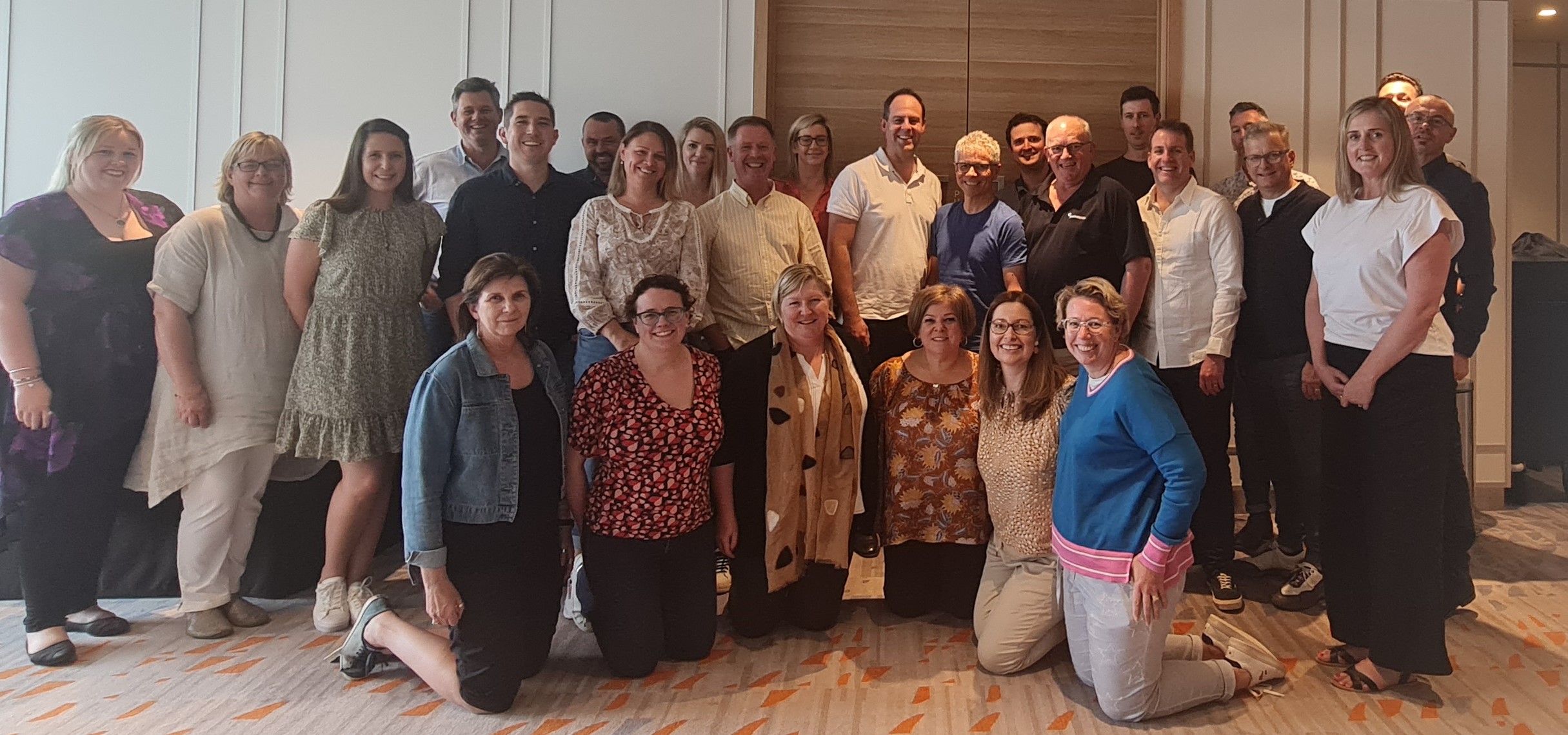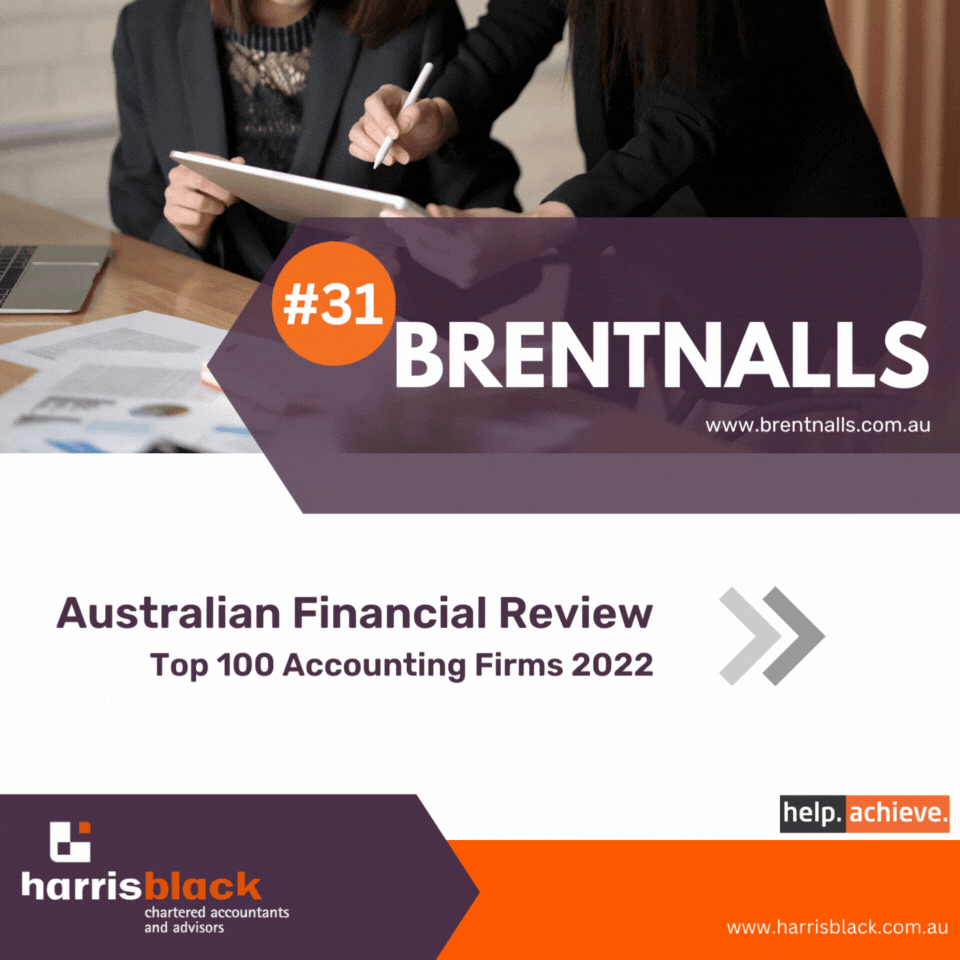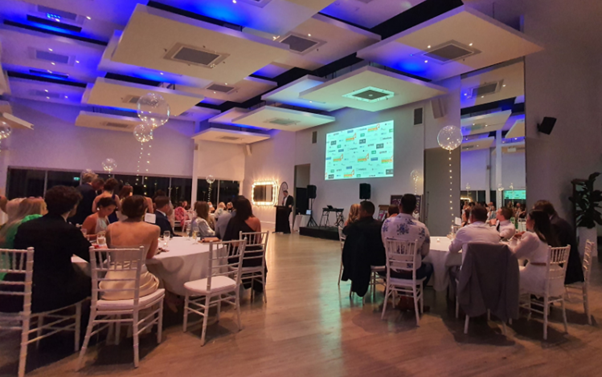Generally, any capital gain on the sale of your Main Residence is free from Capital Gains Tax, however it is not always straightforward.
Your Main Residence must be a “dwelling” and includes up to 2 hectares of adjacent land, to the extent that it is used for private or domestic purposes is association with the “dwelling”.
From May 2017 onwards, a foreign resident individual generally isn’t entitled to the Main Residence Exemption.
- Is the property your main residence?
Most importantly, the property must be established as your main residence.
Factors include:
– Address on the electoral role, drivers’ licence, mobile phone bill
– What is your mailing address?
– Do you have power and internet connected to the property?
– Family photos
– Did you move your stuff into the house?
– Does your family live there?
– Where do you pay land tax?
There is no minimum timeframe.
2. Can I have two main residences?
There is a six month overlap rule.
However, to use this, you need to live in the old property for at least 3 months in the 12 months prior to sale; and you cannot use the old property to earn rental income in that 12-month period.
3. Can I rent out my main residence and rent somewhere else or go overseas?
There is a six-year absentee rule where you can earn income from your main residence and still claim the main residence exemption when you sell it.
Importantly, it must be established as your main residence first.
Before the six years are up, you can move in and live there again for say 3-6 months and the six-year period starts again.
4. What if I inherit somebody’s main residence?
You can still access the Main Residence Exemption provided both the following conditions are met.
“Dwelling conditions”
Either the deceased acquired the dwelling before September 1985; or the deceased acquired the dwelling after September 1985, and it was their main residence when they died and not being used to produce income at that time.
“Post-death conditions”
The dwelling is sold within 2 years of the deceased’s death.








